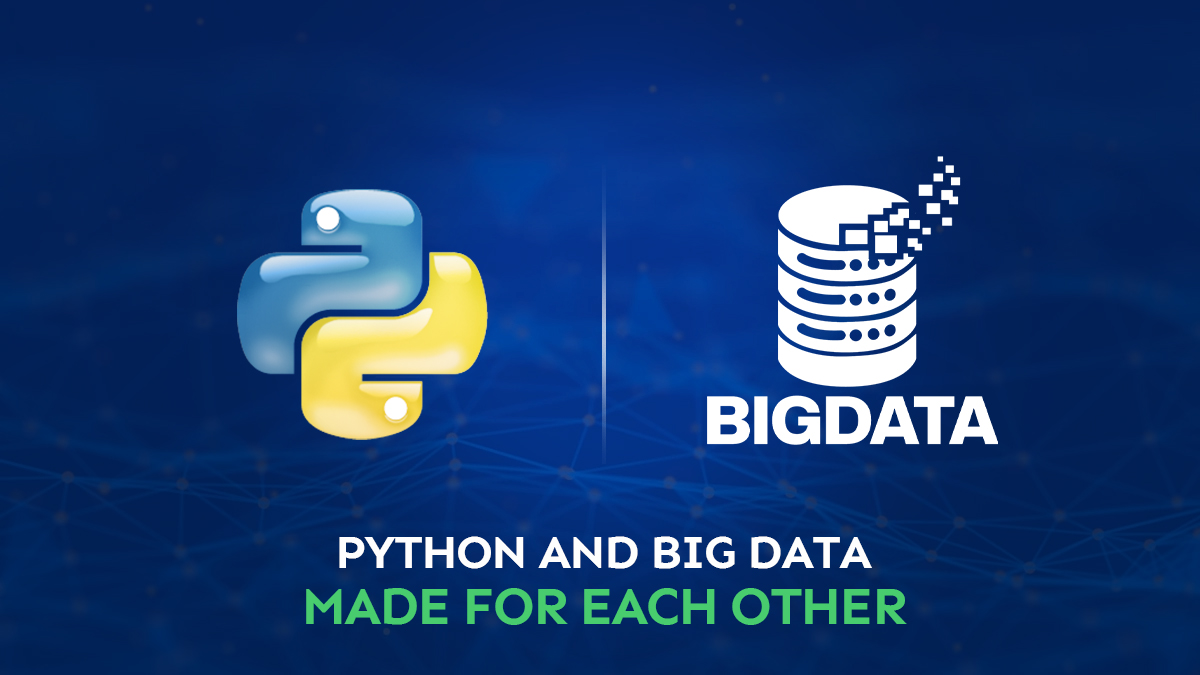Have you ever considered how big is big when it comes to data?Well, we’re living in a world that’s ruled by data. What’s interesting is that it is growing exponentially. In fact, the amount of data is so vast that the digital universe is expected to reach 44,000 exabytes (or 44 trillion gigabytes) by 2020, more than doubling from 4.4 trillion gigabytes in 2013.
Even more interesting is the fact that data never sleeps and just keeps getting bigger. According to a Forbes article, the amount of data generated each day is staggering, with predictions that by 2020, every single person on Earth will generate 1.7 MB of data every second.Keeping this astonishing expansion rate of data in mind, everyone can foresee that it is likely to grow even more.
Python has created numerous opportunities for businesses.
With vast amounts of data available online, it can open up a world of new possibilities and opportunities for research organizations, state governments, and businesses alike.Speaking of businesses, data can create a lot of value for them, changing the way they compete and operate.
The effective use of data can help figure out patterns, which in turn could be useful in the application of machine learning as well as artificial intelligence. Deriving value from data to uncover, explore, and make smarter, real-time, fact-based business decisions, however, is only possible when you have the right tools in your arsenal. And Python, without any doubt, is one such great tool.
Python has been used for a long time to enable easier, faster analysis of big data for many reasons. In fact, when it comes to data science and algorithms, it’s hailed as the best and most sought-after language out there, as per various studies (wonder why?).
“Big Data” is pretty big, and that’s the case with Python.
Given the gigantic arrays of data to be studied and processed, the language you need is supposed to have the computational power and capacity to not only analyze it but also make deeper insights available for use. Python has the advantage of being built with a plethora of libraries—for example, Matplotlib, Pandas, NumPy, and SciPy, to name a few—that can be used in a variety of ways to handle extremely complex problems as well as work with a given dataset in such a way that quick, meaningful results are generated.On top of that, an increasing number of these libraries are also being developed as the list of users grows in size.
The Python Community Is Diverse And Growing
Great software has always had great support from great people, and Python, being an open-source programming language, is no exception. Python has emerged as the leading choice for Data Scientists and programmers today, with a large, growing, and active community supporting them to get the most out of Python while dealing with big data analysis.
Python Is A Big Deal For Life-Saving Scientific Tools—”Free For Everyone”
With Python comes an extensive list of robust library packages, frameworks, and patches that are truly a lifesaver, making the lives of data scientists much easier. But the best thing about all these powerful Python tools is that they are completely free to use and available for everyone.
Want to become an expert data scientist? Python requires no subscription, license, or contract to use. It is free for you. Simply bounce onto your computer, download the application, and you’re good to dive into the fascinating world of data.


 [tta_listen_btn]
[tta_listen_btn]
 November 21 2019
November 21 2019





